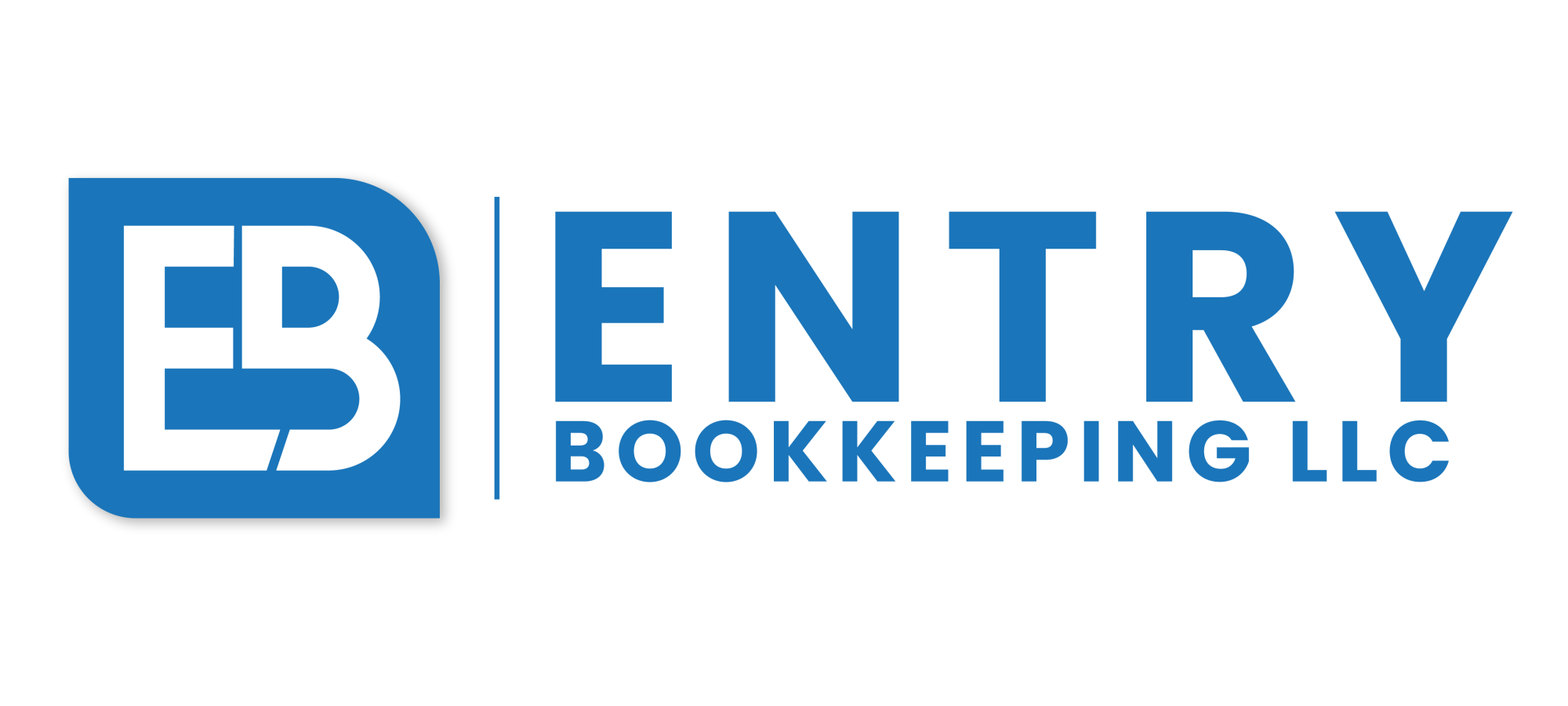Thus, the company should pay $600 11 best excel tips for beginners per year dividends to cumulative preferred stockholders. Traditionally preferred shares act more like bonds than stocks, with share values lingering near their redemption value and yields reflecting their position as subordinate to all bondholders in the issuing company’s capital structure. However, unlike bondholders, preferred shareholders have no inherent claim to the company’s dividends.
In the event of liquidation, the holders of preferred stock must be paid off before common stockholders, but after secured debt holders have been paid. Preferred stockholders can have a broad range of voting rights, ranging from none to having control over the eventual disposition of the entity. The exact rights granted will depend on the class of stock issued, and will depend on how desperate the issuer is to obtain funds from investors.
How Does a Preferred Security Work?
The dividend on the Series F Preferred Shares will be paid on April 30, 2025 to all holders of record of Series F Preferred Shares as of April 25, 2025. This is the 27th dividend on the Series F since their commencement of trading on the New York Stock Exchange. This implies that the company will not pay dividends to all shareholders no matter their level. In 2022 however, the company was able to go back to its initial financial state and earn good profits. On the basis of the agreement, the cumulative shareholders will receive their payment of dividend arrears for the previous year, that is $100,000, and the dividend of 2022 which is also $100,000, making a total of $200,000 dividends.
How many consecutive dividends has TEN paid on its Series F Preferred Shares?
Investment-grade BondsBonds that have a relatively low risk of default. Bond-rating firms, such as Standard & Poor’s, use different lettered descriptions to identify a bond’s credit quality. In S&P’s system, investment-grade credits include those with ‘AAA’ or ‘AA’ ratings (high credit quality), as well as ‘A’ and ‘BBB” (medium credit quality). Investors seeking a potential source of income should take a closer look at preferreds, as the elevated level of income coincides with potential tax and diversification benefits — but is not the result of taking on excessive levels of volatility. Technically, they are equity securities, but they share many characteristics with debt instruments.
European Stock Futures Decline; UBS Second-Quarter Earnings Underwhelm
The Fund may invest in US dollar-denominated securities of foreign issuers traded in the United States. Within the spectrum of financial instruments, preferred stocks (or “preferreds”) occupy a unique place. Because of their characteristics, they straddle the line between stocks and bonds. Cumulative preferred stock is a type of preferred stock; others include non-cumulative preferred stock, participating preferred stock, and convertible preferred stock.
In a non-cumulative preferred, if a company skips a dividend payment, they permanently forfeit it. During the distribution of dividends, non-cumulative preferred stockholders are accorded precedence and preference over common shareholders. If the firm or corporation is experiencing financial difficulties, the board of directors may vote to eliminate, cut, or postpone dividends.
© Copyright 2025 – Financial Issues Stewardship Ministries & Portfolio Tracker™.
Your ultimate source about stock news, stock trading strategies, best stocks to invest & online stock trading platforms. We aim to provide you with the most cutting-edge information of stock market. We’re here to help you improve your skills and insights on investing in stocks. Such stockholders may receive a greater rate of return if the firm experiences a prosperous year. My Accounting Course is a world-class educational resource developed by experts to simplify accounting, finance, & investment analysis topics, so students and professionals can learn and propel their careers.
Cumulative preferred stock examples
- When a company issues cumulative preferred stock, the shareholders who own this type of stock have a right to receive their dividends before any dividends are distributed to common stockholders.
- The previously missed dividends do not appear when the subsequent dividend is announced in arrears.
- Non-cumulative preferred stock offers greater flexibility to the company but carries higher risk for investors.
- Essentially, the common stockholders have to wait until all cumulative preferred dividends are paid up before they get any dividend payments again.
- These stockholders will always get the set dividend, regardless of the company’s annual performance.
- The company has not declared dividends in the last four years due to the financial crisis.
- Additionally, since this payment will be credited against the oldest dividend due (at which point in time, the cash dividend rate was 11% per annum), the Board authorized an additional payment equal to 2.25% per share of Series A Preferred Stock.
Yet, because preferred shareholders have lower priority in the capital structure compared to bondholders, the ratings on preferred shares are generally lower than on the same issuers’ bonds. Although, the yields on preferreds typically are above those of same issuers’ bonds to account for the higher credit risk. In order to conserve capital, a startup may postpone dividend distributions if it experiences financial difficulties. Once these economic concerns have been overcome, the startup may seek to resume dividend dividends. If the company has issued cumulative, permanent preferred stock, these missed (or stopped) dividend payments must be paid to the perpetual preferred stockholders first.
The shareholder value of cumulative stocks is greater than that of non-cumulative stocks. The dividends are set, but in the case of any other stocks, such as loans, the management must also pay the debt interest to the holder, and this payment cannot be delayed. In comparison to other stockholders, the major disadvantage is that they lack voting rights. The guaranteed cumulative dividend reduces the risk for investors, allowing them to pay more per share. A predetermined dividend rate must be paid regardless of the company’s earnings level.
Cumulative Preferred stockholders get a predetermined dividend rate regardless of the company’s profit margin; hence, they do not share in the company’s earnings. It provides a set dividend to stockholders for the duration of the company’s existence. The dividend amount is established at the time of share issuance, and quarterly dividends are common. Preferred stock is also known as preference shares or cumulative preferred shares. The European term for cumulative preferred stock is cumulative preference shares.
Mandatory convertible preferreds automatically convert to common equity on or before a predetermined date, and therefore may behave in a more equity-like fashion than other preferred security types. The value of a convertible preferred stock is ultimately based on the performance of the common stock. Like bonds, preferred stocks are rated by the major credit rating companies, such as Standard & Poor’s and Moody’s. The rating for preferreds is generally one or two tiers below that of the same company’s bonds because preferred dividends do not carry the same guarantees as interest payments from bonds and they are junior to all creditors. Preferreds are issued with a fixed par value and pay dividends based on a percentage of that par, usually at a what is overtime fixed rate.
A type of preferred stock is non-cumulative preferred stock, and it does not provide a provision for unpaid dividends. If a corporation confronts a crisis or decline and decides not to pay dividends, the stakeholders have no claim to the omitted or underpaid stocks. In year three, the economy booms, allowing the company to resume dividends. how to sell on wayfair The cumulative preferred stock shareholders must be paid the $900 in arrears in addition to the current dividend of $600.
- So, one way that a company can raise money is to issue preferred stock.
- In general, ETFs can be expected to move up or down in value with the value of the applicable index.
- Preferreds, which offer income potential, are securities that are generally considered hybrid investments, meaning they share characteristics of both stocks and bonds.
- The municipal market can be affected by adverse tax, legislative or political changes and the financial condition of the issuers of municipal securities.
- Now that you understand the basics of cumulative preferred stock, it’s important to assess your investment goals and risk tolerance before diving into this type of investment.
- Shaun Conrad is a Certified Public Accountant and CPA exam expert with a passion for teaching.
Missed Payments and Cumulative Preferred Stock
It is also more constructive than periodic returns, as one can examine outliers. If yield is a key reason to consider preferreds, how does the asset class stack up against other income-generating choices? As shown below, preferreds compare favorably to dividend paying stocks, investment-grade corporate bonds and the broader bond market. Holders of shares of the Series A Preferred Stock as of the record date are entitled to receive cumulative cash dividends at the rate of 8.75% per annum of the $25.00 per share liquidation preference (equivalent to $2.1875 per annum per share). Additionally, since this payment will be credited against the oldest dividend due (at which point in time, the cash dividend rate was 11% per annum), the Board authorized an additional payment equal to 2.25% per share of Series A Preferred Stock.
This is because it can eliminate all dividends to common stockholders for an extended period of time. Non-cumulative preferred stocks allow corporations to forego dividends without any obligation to shareholders. The corporation is only obligated to pay dividends for the current fiscal year. It places shareholders in an unclear situation regarding the payment of dividends and creates a financial risk.
The Fund is subject to the risk that geopolitical events will disrupt securities markets and adversely affect global economies and markets. Local, regional or global events such as war, acts of terrorism, the spread of infectious illness or other public health issues, or other events could have a significant impact on the Fund and its investments. Whereas common stock is often called voting equity, preferred stocks usually have no voting rights.


